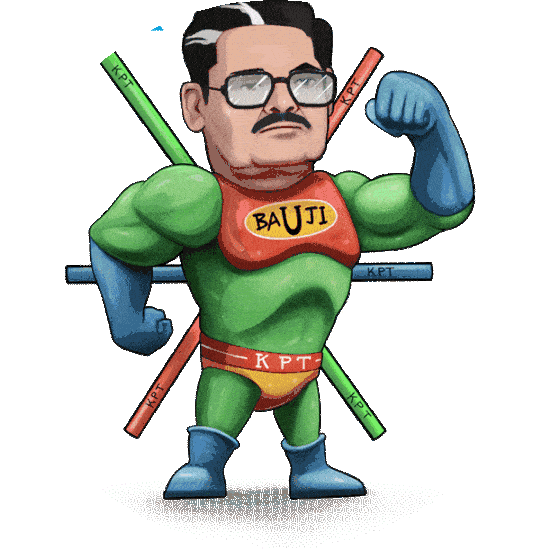
15 Jul Maintenance Tips for PPR Pipes: Keeping Your Plumbing Efficient
Maintaining a functional plumbing system is essential for every home or commercial property. PPR pipes are becoming more popular due to their strong, corrosion-resistant, and long-lasting qualities. However, like any plumbing material, PPR pipes benefit from regular maintenance to ensure they continue to perform efficiently and reliably over time. This blog explores essential maintenance tips tailored specifically for PPR pipes, helping you preserve their efficiency and extend their lifespan.
Understanding PPR Pipes
PPR pipes are renowned for their robustness and ability to withstand high temperatures and pressures. Made from a thermoplastic material, PPR pipes offer several advantages over traditional materials like copper or PVC, including superior chemical resistance and minimal maintenance requirements. To maximize these benefits, it’s crucial to implement a proactive maintenance routine:
1. Regular Inspections
Regular examinations are necessary to identify problems early and avoid future expensive repairs. Inspect visible sections of PPR pipes for signs of leaks, corrosion, or damage. Look for discolored spots, bulges, or any unusual wear on the pipes. Check joints and connections for leaks or signs of loosening. Early detection allows for prompt intervention, preventing water damage and preserving the integrity of your plumbing system.
2. Cleanliness and Hygiene
Maintaining cleanliness within your plumbing system is essential for preventing clogs and ensuring optimal water flow. Periodically flush your PPR pipes to remove any sediment, debris, or mineral buildup that could restrict water flow or cause blockages. Use non-abrasive cleaning agents and avoid harsh chemicals that may damage the pipe material. Keeping your pipes clean reduces the risk of contamination and enhances the efficiency of your plumbing system.
3. Temperature Control
PPR pipes are designed to handle a wide range of temperatures, making them suitable for both hot and cold water applications. However, extreme temperature fluctuations can affect their performance over time. Insulate PPR pipes exposed to cold environments to prevent freezing during winter months. Similarly, protect pipes exposed to direct sunlight or excessive heat to minimize thermal stress and prolong their lifespan. Proper temperature control helps maintain the structural integrity of PPR pipes and ensures consistent water distribution throughout your property.
4. Avoid Physical Damage
While PPR pipes are highly durable, they are not immune to physical damage from external forces. Avoid hanging heavy objects from exposed pipes and protect them from accidental impact during renovations or maintenance work. Use appropriate supports and hangers to secure pipes and prevent them from sagging or bending under pressure. By minimizing physical stress on PPR pipes, you reduce the risk of cracks, fractures, or joint failures, preserving their reliability and preventing costly repairs.
5. Professional Inspections and Maintenance
Regularly schedule professional inspections and maintenance checks for your plumbing system, including PPR pipes. Licensed plumbers can conduct comprehensive assessments, identify potential issues, and perform necessary repairs or replacements with precision. Professional maintenance ensures compliance with safety standards and enhances the longevity of your PPR pipes, providing peace of mind and efficient operation for years to come.
Conclusion
Keeping up with PPR pipe maintenance is key to keeping your plumbing system efficient and long-lasting. By following these maintenance tips—conducting regular inspections, maintaining cleanliness, controlling temperatures, preventing physical damage, scheduling professional checks, addressing leaks promptly, and implementing preventive measures—you can preserve the integrity of PPR pipes and enjoy reliable water distribution in your home or commercial property. Investing in proactive maintenance not only protects your plumbing investment but also contributes to sustainable and efficient water management practices for the future. Embrace these tips to keep your PPR pipes in optimal condition and your plumbing system running smoothly for years to come.



